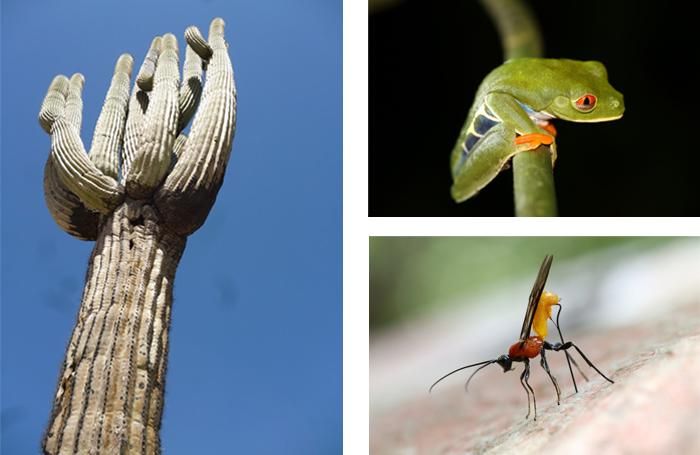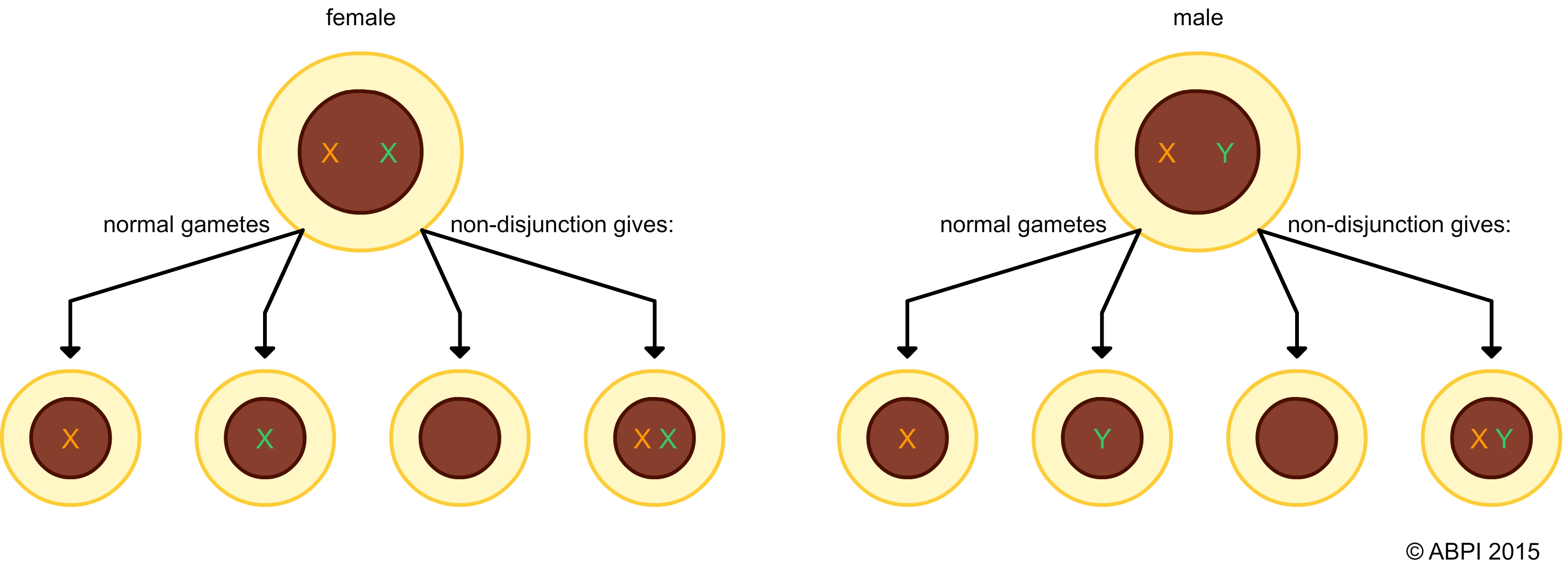This topic takes on average 45 minutes to read.
There are a number of interactive features in this resource:
 Biology
Biology
 Chemistry
Chemistry
 Human biology
Human biology
Mutations can occur during mitosis and can cause serious problems for cells.
Mutations can also take place during meiosis. These may be produced in the same way as mitotic mutations, when the DNA replicates in interphase between cell divisions.
But in meiosis there are other ways in which mutations can arise – and in some ways, meiotic mutations more significant than mitotic mutations. Regardless of what happens to the cells of the body as they grow and divide mutations will not be passed on to the next generation. But if a mutation occurs during the formation of the gametes, then that mutation (and its good or bad effects) can be passed on to the offspring and become a permanent feature of their genetic material.
Mutations are the key to evolution. Without the mutations that take place as the gametes are formed, organisms would not develop differences in their phenotype. These differences can give them an advantage if conditions change – or mean that they can no longer compete successfully. As a result of natural selection, mutations that give an organism an advantage will become common in a population. Organisms containing a mutation that causes a disadvantage will quickly die out.

Any of the types of mutation that you saw on page 5 can take place during interphase of meiosis as well.
As the chromosomes and then chromatids separate in the two meiotic divisions, sometimes things do not work properly. The chromatids do not always separate. This can result in one daughter cell with two copies of a chromosome and another with none. This is known as non-disjunction of the chromosomes.
If either of these cells is fertilised by another, normal gamete, the individual formed will have either three chromosomes, or only one. If you have more copies than normal of a chromosome it is known as polysomy. If you have only one copy of a chromosome it is known as monosomy. For human beings, in most cases monosomy means a fetus will not develop and survive. Examples of non-disjunction include:
